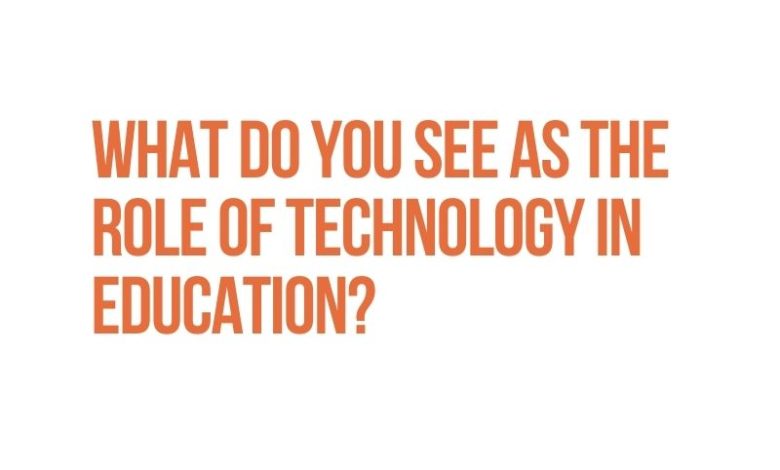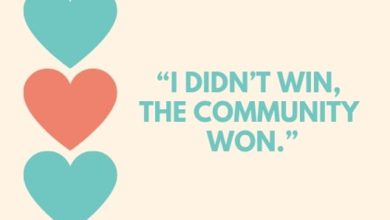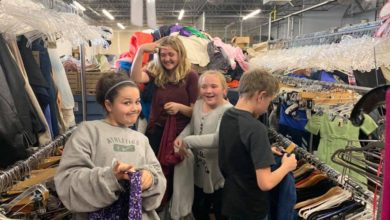What do you see as the role of technology in education?

In-Township (Vote for 2)
Max McComb: Technology is key. The use and understanding of technology is critical. Nothing points to this more than the last 12 months during the pandemic. Fortunately under the leadership of Superintendent Rick Johnston and continuing with Dr. Hall, our board invested in significant infrastructure and capacity updates, and moved to purchase individual student devices for most (and now all) grade levels. Thankfully, board members during those years and up to present time have stood by the leadership of our professional staff and kept moving forward putting these critical systems in place. As students continue through their education and ultimately into the workplace they will need to continue to need to have a great understanding of how to use technology. As long as I serve on the board, I will keep working to make sure we remain current and up to date with these critical tools.
Sunny McMurry: Prior to one year ago, my answer would have been different. I worried about my kids staring too long at screens, I worried about them staring at a smartboard in class and then logging into online homework once at home. But, thank goodness our district was as advanced in our technology implementation as it was. Having watched both the paper-packet learning that was “school” for my elementary learner at the end of last year, to now, watching personal interaction through their devices this year, I can say there is a much bigger difference in learning and interaction. As a parent mentioned to me, there is a difference in screen time that involves interacting with others or engaging your brain in a stimulating learning experience and screen time that involves watching one video after another on YouTube.
Moving ahead, I look forward to returning technology to an as-needed experience that will be available to our kids to support their learning. Google Classroom has been a great tool in helping our kids stay organized and accessing learning materials. Using technology to build background knowledge for children who don’t have the luxury of experiencing things personally has helped students learn. However, there is no true replacement for face to face interaction. No matter how many days my high school daughter watched her team dissect a cat in anatomy and physiology, the experience she had doing it herself in class was much richer and more educational.
Rebecca Richardson: While the scope and possibilities of technology are both deep and wide, at the end of the day it is merely a means to an end. We use technology to solve problems and access information. In fact, communication technology made it possible to continue the school year as a pandemic threatened to close it down. Technology is a powerful tool, and students should not only be given equal access to it, but teachers and administrators should ensure that all students know how to use the technology. Technology can also be used to solve overcrowding in classrooms. For example, Mahomet-Seymour teachers commented that having classes at half capacity during the hybrid system approach allowed them more one-on-one time with students who needed extra help.
Laura Lang: Often the term “technology” is seen as merely referring to Chrome books, smart boards, or other electronic devices. While I think it is vital that our students learn to use such devices to be able to compete in our current culture, and these tools are often an aide to the learn process, I believe the definition of technology to be far more expansive.
Technology has a far vaster meaning of “the branch of knowledge dealing with engineering or applied sciences.” This definition I find to be vital to our students’ education and success beyond our schools. Regardless of their future path, our district has the opportunity to expose our students to a treasure trove of what is possible in the courses that they take. In our community we have an abundance of professions, examples of technology at use, and resources of groundbreaking technology in process from which our students’ could benefit. I think exploring the resources at our fingertips to give our students a richer education is well worth it.
Out-of-Township (Vote for 1)
Patrick MacKay: Technology should be used wisely in the classroom as an enabler and facilitator but not as a crutch. I believe we have to view technology through the lens of readiness and the district’s responsibility to ready its students for life after graduation be it at a 2-year community college, 4-year university, or in a trade. Are we training our students on the right platforms? Are we introducing them to the right technologies? Are we starting a “readiness” curriculum at the appropriate age? I say this because while I learned how to type in 8th grade, for example, our kids are more and more comfortable on a great myriad of devices at younger and younger ages. Finally, we need to make sure we continue to provide the appropriate level of training and support to our teachers as they determine how and where technology can augment, extend, or improve their lesson planning.
Justin Lamb: Technology used as a tool in the classroom provides unlimited potential for teachers and students. It opens up different methods of engaging students, helps teachers organize and plan lessons, opens up more ways to communicate and assist students, and helps prepare students for the technology driven world that awaits them. Imagine how much further behind our students would be without the technology that we had in place before the pandemic hit.




